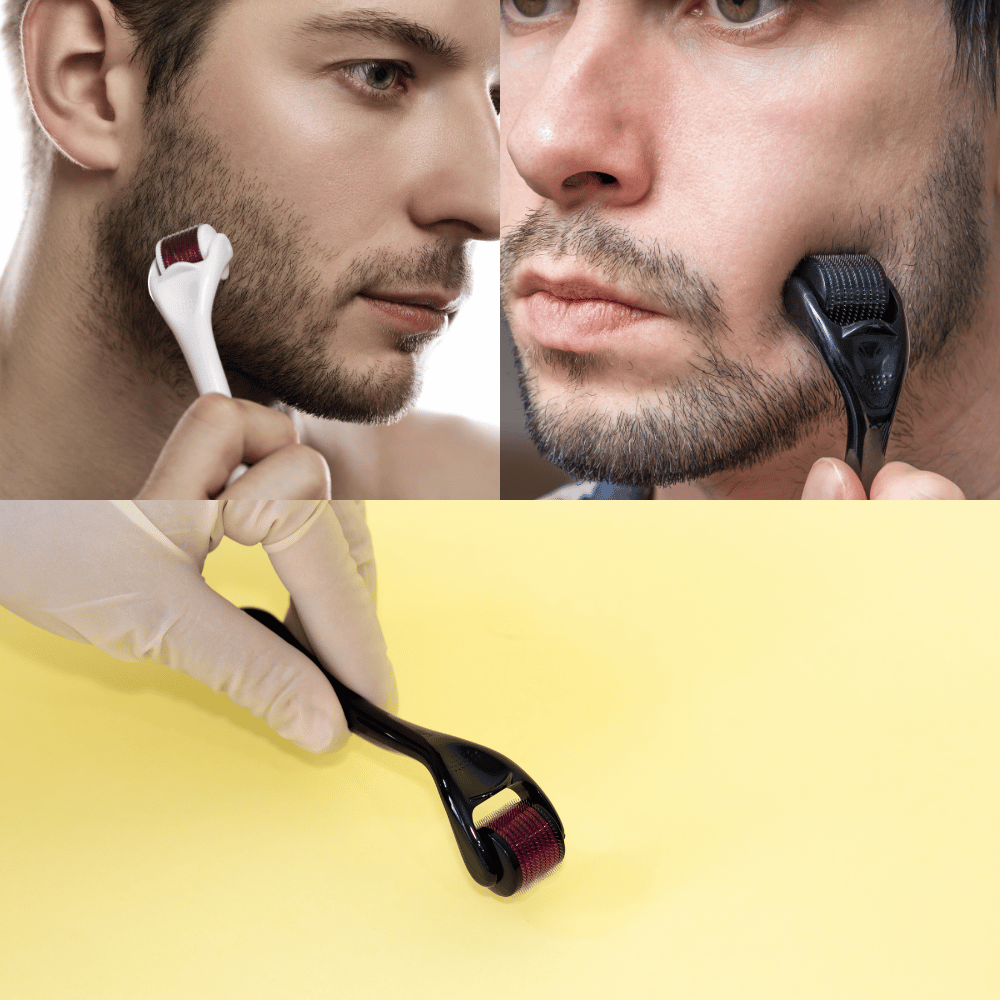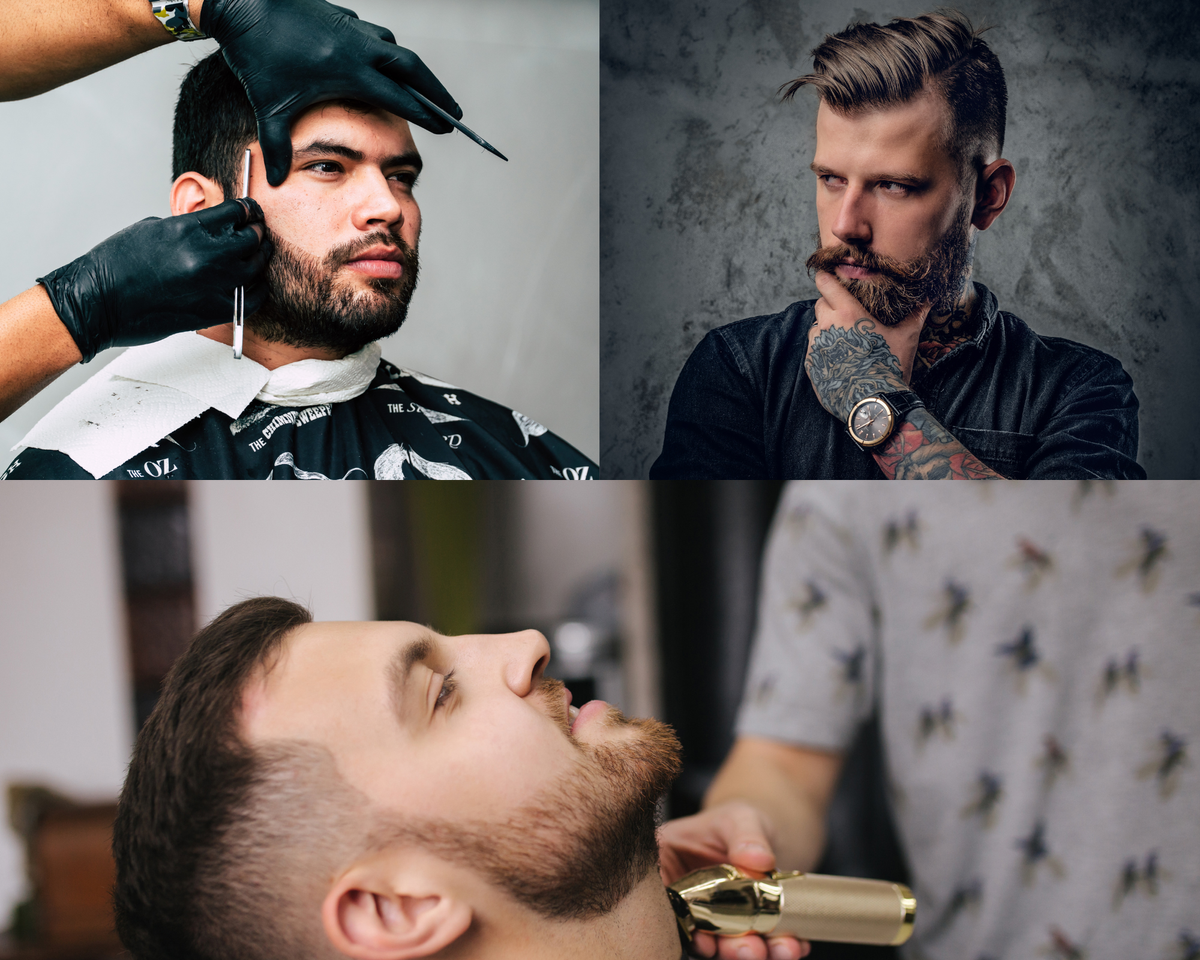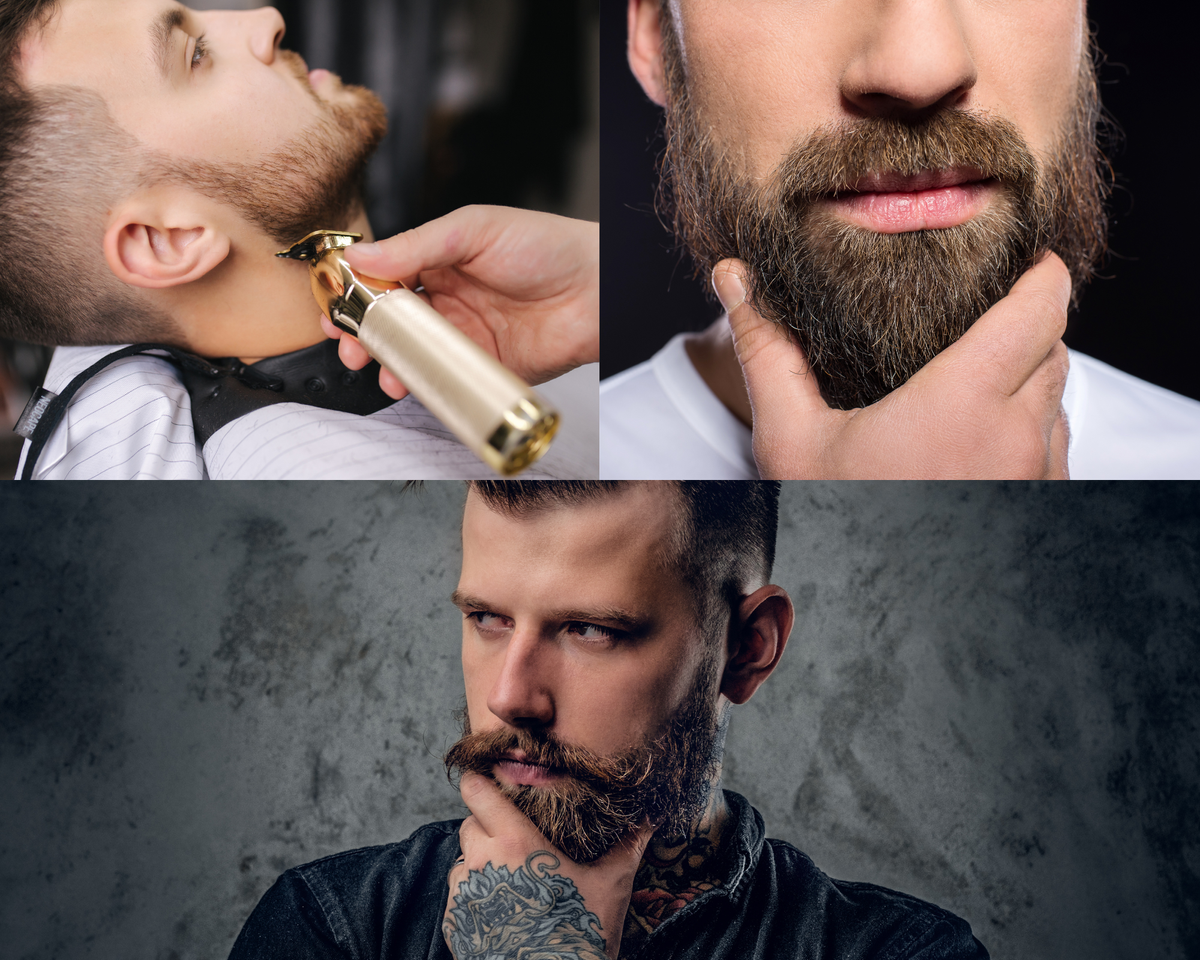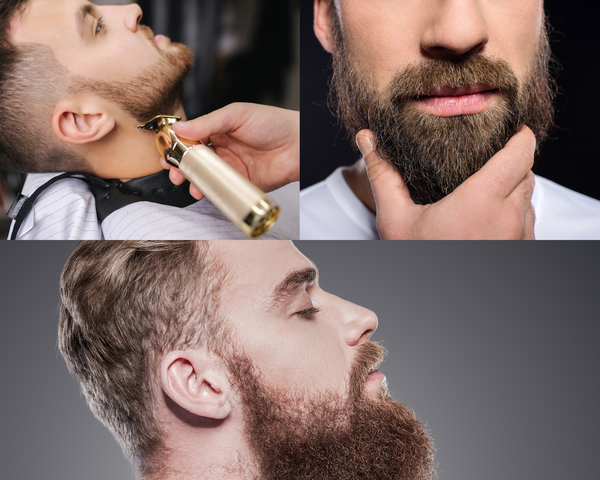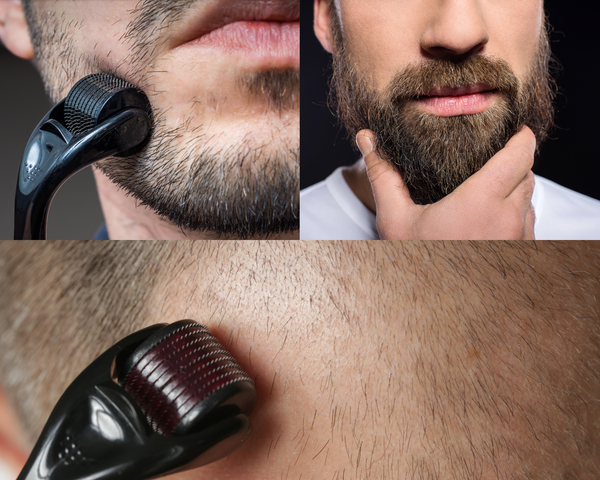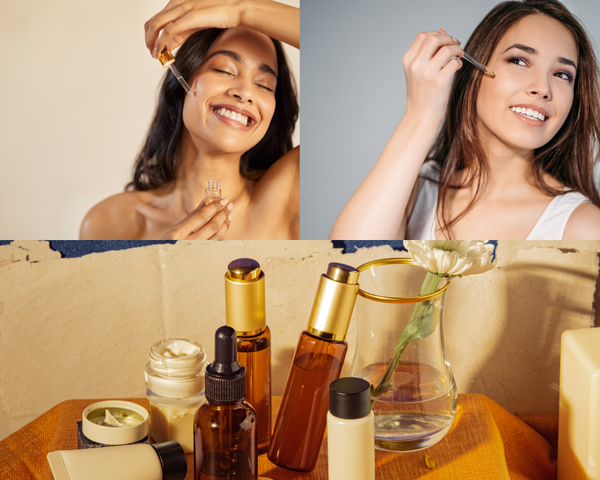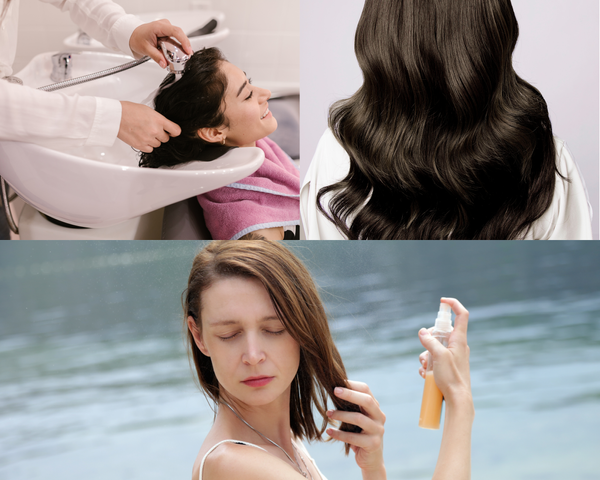Growing a beard is like nurturing a garden; it requires patience, care, and the right tools. Among these tools, the beard roller stands out as a game-changer for stimulating facial hair growth and improving skin health. This guide will walk you through the essentials of choosing the best beard derma roller, ensuring your facial hair journey is as smooth as a well-groomed beard.
Key Takeaways:
- Understand the Basics: Know what a beard derma roller is and how it works.
- Features to Consider: Focus on needle size, material, and handle design.
- Usage Tips: Learn how to use the derma roller effectively for the best results.
Understanding Beard Derma Rollers
A beard derma roller is a handheld device equipped with hundreds of tiny needles. These needles create micro-punctures in the skin, stimulating blood flow and encouraging hair growth. Think of it as aerating your lawn to let it breathe and flourish. The process, known as microneedling, is akin to giving your skin a gentle nudge to wake up and start producing more collagen and keratin, essential proteins for hair growth. Beard rollers can activate the skin's healing process and enhance collagen production, further promoting beard growth.
Choosing the right derma roller can feel like finding a needle in a haystack, given the plethora of options available. However, understanding the basics can simplify your decision. The primary function of a beard derma roller is to enhance the absorption of beard growth serums and oils, making them more effective. It’s like opening the door for nutrients to enter and nourish your beard from the roots. Microneedling stimulates hair follicle activity to improve hair regrowth. Derma rollers stimulate beard growth by creating micro-injuries that boost the production of new skin cells and hair follicles.
Key Features to Consider
When selecting the best beard derma roller, the needle size is crucial. Typically, a needle length of 0.25mm to 0.5mm is recommended for facial hair growth. This size is gentle enough to avoid skin damage while being effective in stimulating hair follicles. The right needle size can promote hair growth by creating micro-injuries that stimulate the body's healing response. It’s like choosing the right brush for a painting; too harsh, and you ruin the canvas; too soft, and you achieve nothing.
Material quality is another critical factor. Stainless steel and titanium are popular choices due to their durability and resistance to rust. Imagine investing in a tool that rusts after a few uses; it’s like buying a car that breaks down after a week. A sturdy handle design also ensures a comfortable grip, making the process seamless and efficient.
How to Use a Beard Derma Roller facial hair beard roller derma rolling
Using a beard derma roller is straightforward, but precision is key. Start by cleaning your face and the roller to prevent any infections. Roll the device gently over your beard area in different directions – vertically, horizontally, and diagonally. This technique ensures even coverage, much like painting a wall with even strokes to avoid streaks. To use a derma roller effectively, ensure you sanitize the roller before and after each use, and apply gentle pressure to avoid skin irritation.
Consistency is the secret sauce to success. Use the derma roller once or twice a week, allowing your skin time to heal between sessions. Pair it with a quality beard growth serum for optimal results. It’s like watering your plants regularly; too much or too little can hinder growth. Remember, patience is a virtue, and results will come with time and dedication.
Benefits of Using a Beard Derma Roller to Stimulate Beard Growth blood circulation beard roller needles best derma rollers
The benefits of using a beard derma roller extend beyond just hair growth. It can improve skin texture, reduce acne scars, and enhance the overall appearance of your beard. Derma rollers promote skin rejuvenation by stimulating collagen production and enhancing the skin's overall appearance. Additionally, derma rolling can lead to new hair growth by creating micro-injuries that stimulate blood flow and activate hair follicles. Think of it as a multi-tool in your grooming kit, offering more than just one function. The increased blood circulation not only promotes hair growth but also gives your skin a healthy glow.
Moreover, using a derma roller can boost your confidence. A fuller, healthier beard can transform your appearance, much like a fresh coat of paint can revitalize a room. The journey to a better beard is not just about aesthetics; it’s about feeling good in your skin and embracing your unique style.
Common Mistakes to Avoid When Using a Beard Derma Roller beard rolling beard oil
One common mistake is applying too much pressure while using the derma roller. This can lead to skin irritation and damage. Improper use can also exacerbate hair loss by causing further scalp issues. Imagine trying to carve a delicate sculpture with a sledgehammer; it’s bound to end in disaster. Gentle, consistent pressure is all that’s needed to achieve the desired results.
Another pitfall is neglecting hygiene. Always clean your derma roller before and after use to prevent bacterial infections. It’s like washing your hands before a meal; a simple step that makes a world of difference. Additionally, avoid using the roller on broken or irritated skin to prevent further damage.
Who Shouldn’t Use Derma Rollers?
While derma rollers can be a fantastic tool for promoting hair growth and improving skin texture, they aren’t suitable for everyone. Here are some groups of people who should avoid using derma rollers:
- Individuals with Sensitive Skin or Allergies: If you have sensitive skin or known allergies, using a derma roller might cause adverse reactions. It’s like trying a new food when you have allergies; caution is essential to avoid unwanted side effects.
- People with Active Acne, Rosacea, or Eczema: Using a derma roller on skin conditions like active acne, rosacea, or eczema can exacerbate these issues. Imagine trying to fix a cracked wall by hammering nails into it; it only makes things worse.
- Those with Skin Infections: If you have skin infections such as impetigo or herpes, derma rolling can spread the infection. It’s akin to spreading paint over a dirty surface; it only makes the problem more widespread.
- Pregnant or Breastfeeding Women: The effects of derma rolling on a fetus or baby are unknown, so it’s best to consult a doctor before use. Think of it as ensuring the safety of your garden before planting new seeds.
- Individuals with Pacemakers or Implantable Medical Devices: The tiny needles in derma rollers may interfere with medical devices like pacemakers. It’s like using a magnet near sensitive electronics; the risk isn’t worth it.
- People with Bleeding Disorders: Those with conditions such as hemophilia should avoid derma rollers due to the risk of excessive bleeding. It’s similar to using sharp tools when you have a tendency to bleed easily; it’s simply too risky.
- Those with Keloid or Hypertrophic Scarring: If you have a history of keloid or hypertrophic scarring, derma rolling can worsen these scars. It’s like trying to smooth out a bumpy road with a heavy roller; it can make the bumps more pronounced.
When to Contact a Doctor?
Using a derma roller can be beneficial, but it’s crucial to know when to seek medical advice. Here are some scenarios where contacting a doctor is essential:
- Severe Pain, Bleeding, or Swelling: If you experience severe pain, bleeding, or swelling after using a derma roller, seek medical attention immediately. It’s like calling a mechanic when your car makes a strange noise; prompt action can prevent further damage.
- Signs of Infection: Redness, pus, or increased sensitivity can indicate an infection. Contact your doctor if you notice these symptoms. Think of it as spotting mold in your home; addressing it early can prevent it from spreading.
- History of Skin Cancer: If you have a history of skin cancer or are at high risk, consult your doctor before using a derma roller. It’s like checking with an expert before making significant changes to your health routine.
- Medications Affecting Blood Clotting: If you’re taking medications like warfarin that affect blood clotting, consult your doctor before using a derma roller. It’s similar to ensuring your tools are compatible with your project materials.
- Weakened Immune System: Those with weakened immune systems, such as from HIV/AIDS or chemotherapy, should consult their doctor before using a derma roller. It’s like ensuring your defenses are strong before tackling a challenging task.
- Unusual Side Effects: If you experience numbness, tingling, or burning, contact your doctor. It’s like noticing unusual sounds in your car; it’s better to get it checked out.
- General Concerns: If you have any concerns or are unsure about the safety of using a derma roller, consult your doctor for guidance. It’s always better to be safe and informed, much like reading the manual before using a new tool.
By understanding who should avoid derma rollers and when to seek medical advice, you can ensure a safe and effective beard growth journey.
Summary
Choosing the best beard derma roller involves understanding its function, selecting the right features, and using it correctly. By focusing on needle size, material quality, and proper usage techniques, you can enhance your beard growth journey. Derma rolling can also support hair regrowth by enhancing the absorption of topical treatments and stimulating hair follicles. Remember, patience and consistency are key to achieving the beard of your dreams.
FAQ
1. How often should I use a beard derma roller?
Use the beard derma roller once or twice a week. This frequency allows your skin to heal between sessions, promoting effective hair growth without causing irritation. Combining derma rolling with topical hair loss treatments can enhance results in addressing various types of hair loss, including androgenetic alopecia and alopecia areata.
2. Can I use a beard derma roller on sensitive skin?
Yes, but proceed with caution. Choose a derma roller with smaller needles (0.25mm) and ensure your skin is clean and free from irritation before use.
3. What should I do if my skin becomes irritated after using the derma roller?
If irritation occurs, give your skin a break and apply a soothing moisturizer or aloe vera gel. Ensure the roller is clean and adjust your technique to apply less pressure in future sessions.
